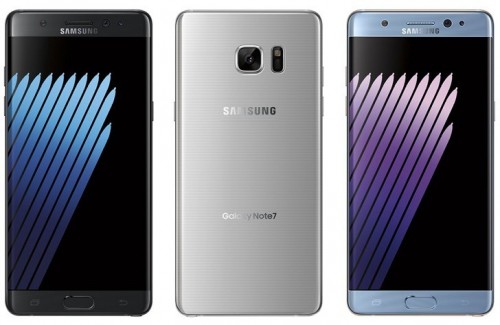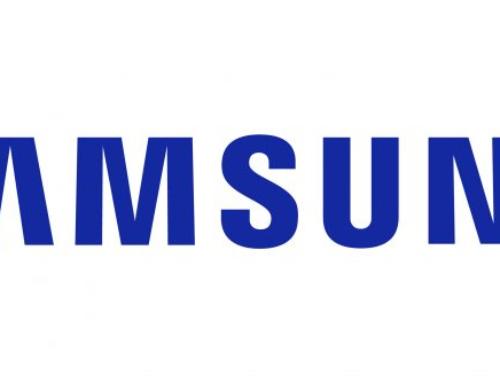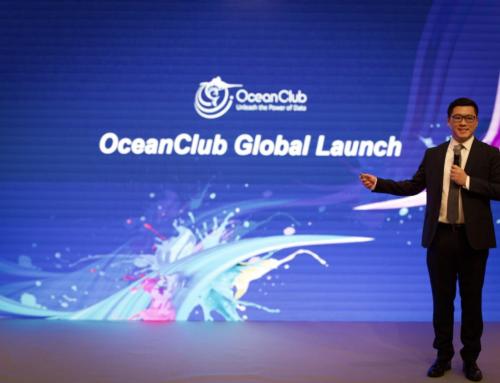Samsung zaprezentował wyniki finansowe w kwartale zakończonym we wrześniu o 30 proc. Po ostatnich przygodach z Galaxy Note 7 i wycofaniu smartfonu z rynku, kolejna zła wiadomość. Zysk netto południowokoreańskiej spółki spadł o 16,8% w porównaniu do Q2 i o 30% w porównaniu do Q3 2015.

Zysk operacyjny Samsunga wynosił w minionym kwartale 5,2 bln wonów (4,6 mld USD) i był najniższy od 2 lat. Warto przypomnieć, że Samsung liczył na sprzedaż 15-17 mln Galaxy Note 7.
Informacja w języku angielskim dla zainteresowanych
Samsung Electronics today announced financial results for the third quarter ended Sept. 30, 2016. Samsung’s revenue for the quarter was KRW 47.82 trillion, a decrease of KRW 3.87 trillion YOY, while operating profit for the quarter was KRW 5.20 trillion, a decrease of KRW 2.19 trillion YOY.
For the components businesses, operating profit increased QOQ due to expanded sales of high-end products, such as SSDs and flexible OLED panels, but decreased marginally YOY due to a price correction for DRAM during the first half of 2016.
For the IT & Mobile Communications Division, earnings declined due to the Galaxy Note7 discontinuation. However, the Consumer Electronics Division achieved solid earnings growth YOY driven by strong sales of SUHD TVs and premium home appliances.
The company estimated that the stronger Korean won against major currencies in the third quarter negatively impacted operating profit by approximately KRW 700 billion, mostly on the components business side.
Looking ahead to the fourth quarter, the company expects earnings to improve YOY driven by strong performance in the components business. The mobile business expects a recovery in its earnings to a similar level with that of the fourth quarter of 2015, led by solid sales of the Galaxy S7 and S7 edge.
For the semiconductor business in the fourth quarter, the company expects earnings to improve YOY due to increased sales of V-NAND based SSD. Earnings for the display business are projected to improve YOY due to recovery in LCD, amid declines in flexible OLED panel shipments QOQ resulting from the discontinuation of the Galaxy Note7.
Looking to 2017, the company will focus on achieving solid earnings growth through normalization of the mobile business while improving earnings for the components businesses through expansion of V-NAND and OLED panels.
Regarding the memory business, the company expects earnings in NAND to increase significantly, led by the supply expansion of the highly profitable V-NAND. It also expects to strengthen its technological leadership by expanding 64 layer V-NAND and 1Xnm DRAM.
In the System LSI business, the company will aim to sustain growth momentum by expanding leadership in 10-nanometer process technology.
For the OLED business, the company expects to achieve significant earnings improvement YOY, by expanding the supply of high-end flexible OLED panels.
Regarding the mobile business, the company will focus on expanding sales of new flagship products with differentiated design and innovative features, as well as regaining consumers’ confidence. Samsung will concentrate on strengthening its competitiveness by continuously enhancing solution capabilities such as KNOX, Samsung Pay and cloud-related and artificial intelligence-related services.
For the Consumer Electronics business, the company will look to further solidify its leadership in the premium TV market based on Quantum Dot technology and improve earnings in home appliances by expanding sales of premium products and strengthening its B2B business.
The company estimates total capital expenditure (CAPEX) for 2016 will be over KRW 27 trillion, a record high for the company. CAPEX for the semiconductor business is expected to reach KRW 13.2 trillion, while CAPEX for the display business will reach KRW 10.9 trillion, more than double the figure of 2015.
In particular, the company is focusing on investments on OLED and V-NAND with significant demand increase expected in OLED in 2017 as well as solid demand growth in V-NAND.
Mobile Posts Decline in Profit
The IM Division posted KRW 22.54 trillion in consolidated revenue and KRW 0.10 trillion in operating profit for the quarter.
The Mobile business saw its earnings decrease significantly QOQ due to the effects of the discontinuation of the Galaxy Note7. However, smartphone shipments remained solid due to continued stable sales of its existing flagship devices, including the Galaxy S7 and S7 edge, and steady growth in the mid-tier Galaxy A and J series.
Looking ahead to the fourth quarter, smartphone and tablet demand is forecast to increase during the year-end peak season.
The company will strive to achieve comparable YOY earnings in the fourth quarter, helped by solid sales of the Galaxy S7 and S7 edge, while maintaining profitability in the mid-to-low end segment through increased shipments of new models.
As for 2017, the company anticipates a turnaround with the launch of new flagship smartphones. Next year will also see expansion of Samsung Pay rollouts and cloud-related services as well as the introduction of artificial intelligence related offerings.
Meanwhile, the Networks business expects to see continued improvement in profitability on the back of 4G LTE expansion in markets around the world.
źródło: Samsung
Kan







Zostaw komentarz